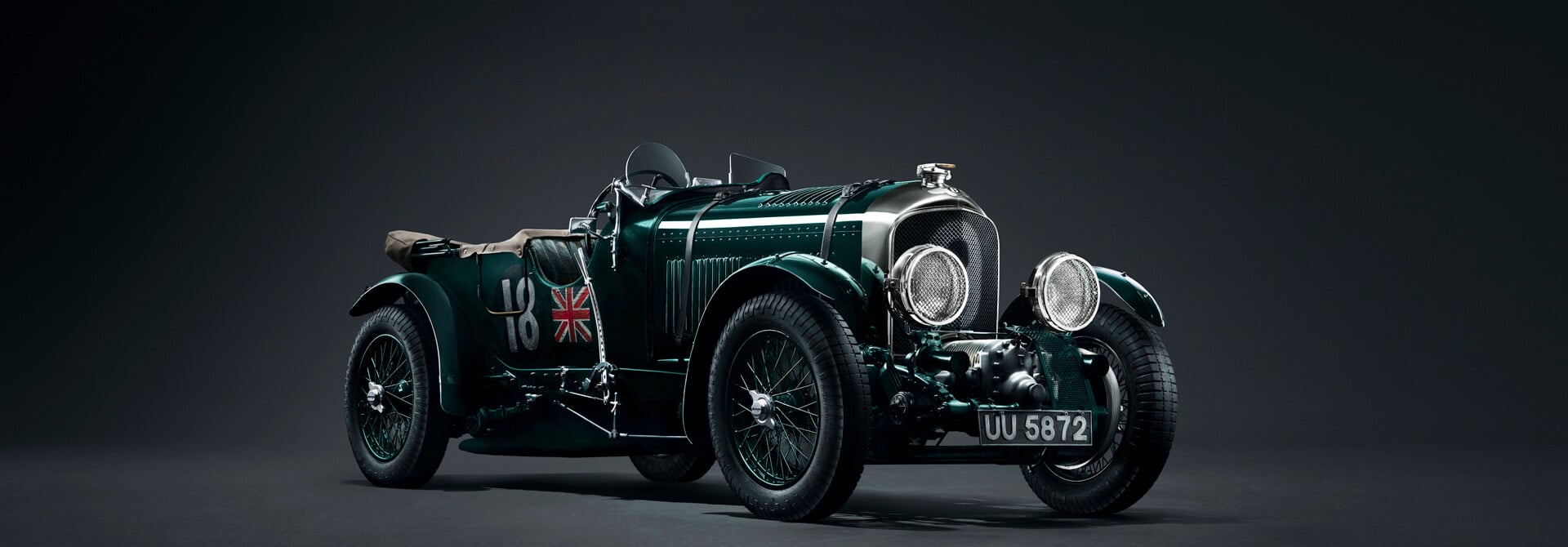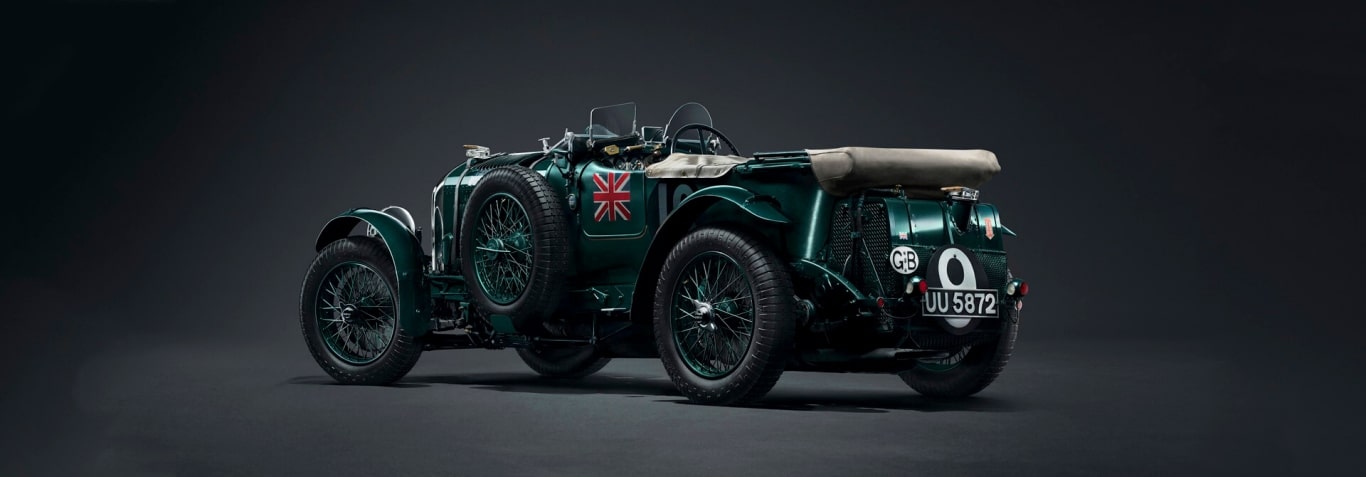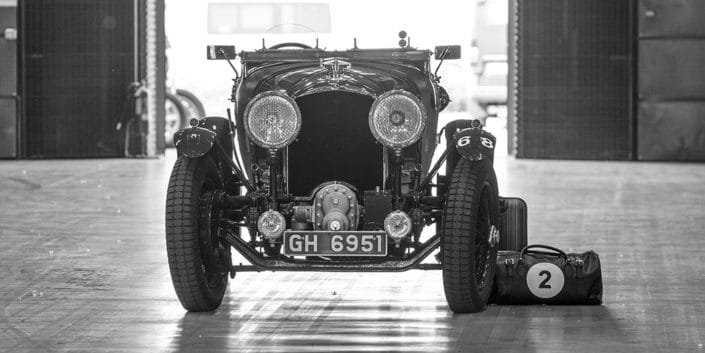BENTLEY BLOWER CONTINUATION SERIES
BENTLEY BLOWER CONTINUATION SERIES
Uno de los autos más emblemáticos de la historia de Bentley, el “Blower” de 4½ litros sobrealimentado de Sir Tim Birkin de 1929, renacerá con una nueva construcción de 12 autos a juego, cada uno hecho a mano individualmente por un equipo de especialistas de la división de carrocería y personalización de Bentley Mulliner. Juntos, los nuevos coches formarán la primera serie de continuación de coches de carreras de antes de la guerra.
Solo cuatro “Team Blowers” originales fueron construidos para carreras por Birkin, a finales de la década de 1920. Todos se realizaron en las pistas de carreras de Europa, con el coche más famoso, el Team Car No. 2 de Birkin, matrícula UU 5872, compitiendo en Le Mans y desempeñando un papel fundamental en la victoria del Bentley Speed Six de fábrica en 1930.
Ahora, utilizando una combinación de generaciones de habilidades artesanales y la última tecnología digital, el Team Blower de 1929 será el ejemplo maestro de 12 continuaciones, una por cada carrera en la que compitió la flota original de cuatro Team Blowers.









Leave a Reply
Want to join the discussion?Feel free to contribute!